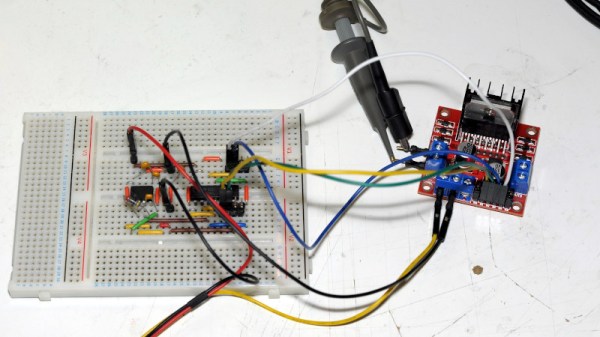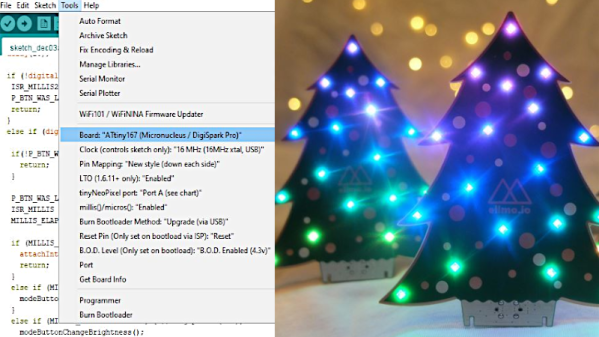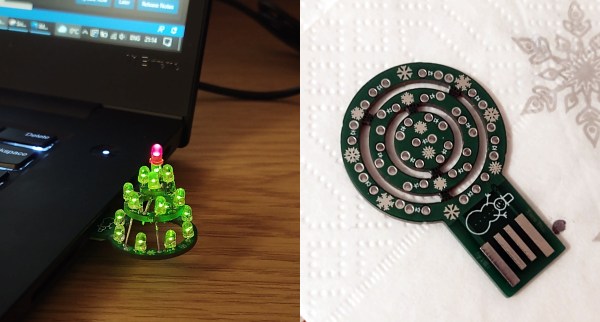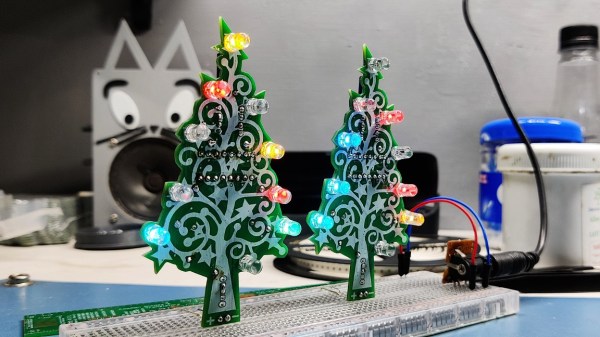Getting up on a ladder to hang Christmas lights is a great way to hurt yourself if you’re not careful, and winter conditions only add to the peril. One enterprising hacker has whipped up a neat way to avoid ladders entirely, by hanging their lights while planted safely on the ground.

The build uses hefty magnets and triangle eye bolts, attached at regular intervals to the string of Christmas lights. The magnets are used to hold the lights to metal roof siding, while the hooks allow the lights to be lifted into place using a hook on a large extendable pole. Washers, spacers, and screws are used to attach the magnets and hooks to the lights.
For a layout that follows the lines of a simple peaked roof, this hack works great. For more complicated installations, you might still have to climb up a ladder. We’ve featured great primers on getting started with advanced Christmas light displays before, if you’re looking to up your game.
Meanwhile, no matter how much you enjoy seasonal decoration brinkmanship, don’t even think about watching Deck the Halls (2006). Danny Devito has saved a lot of films, but he couldn’t save this. Happy holidays!



















